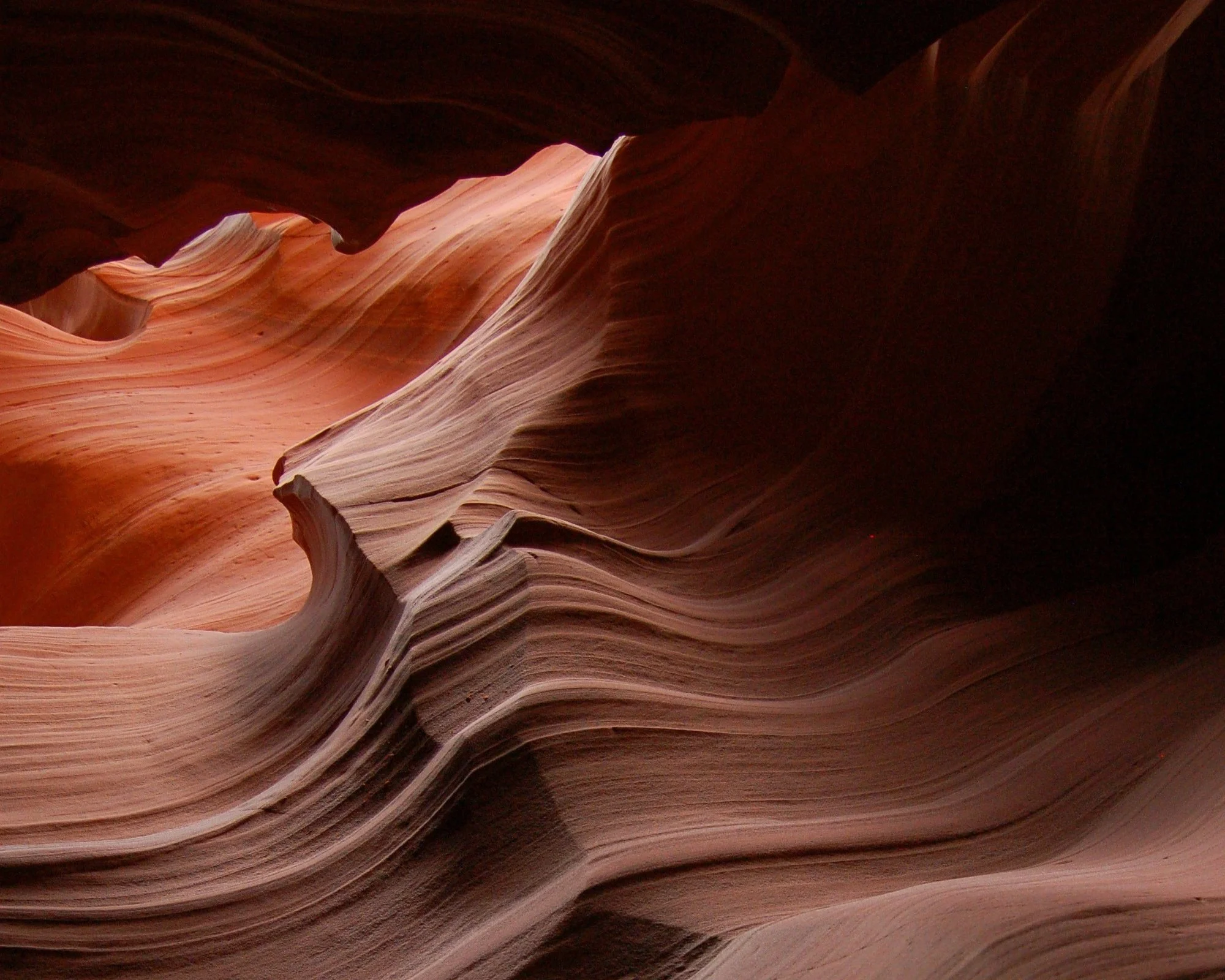Written by Amanda Dzengeleski
Adversity: Inhibitor or Catalyst to Self
Insight Yoga Online Community Presents “The Six Perfections.” On Sunday, March 3rd, 10:00 a.m. EST, Sam Sather, founder of Dogwood Studio, will be presenting an online dharma talk on behalf of Insight Yoga Online Community. This 60-minute workshop will weave in discussion, meditation, optional yin poses, and self-inquiry. The perfections are wonderful way to train up characteristics that support awakening and the ability to experience samadhi. Click here to sign up!
Yoga in the Garden returns this spring! Join us at the NC Botanical Garden every Thursday evening, April 4th-June 13th, at 5:45 for a rejuvenating outdoor practice. $10 for a single price OR sign up with a friend and everyone gets 25% off. Click here for details!
Lunchtime Learning continues this March exploring the theme of Meditation through the lens of Dharna (concentration), Dhyana (contemplation) and Samadhi (meditative consciousness).
March 6th: Herbal Yoga - Gotu kola with Ainslee
March 13th: Creativity Practices to Cultivate Dharna (concentration) with Aviva
March 20th: Journey Through the Koshas (layers of being) with Amanda
Sign Up Online
March 27th: Meditating to Cultivate the Rule of Threes - Harmony with Sam
The Panchamaya Kosha system consists of five interrelated layers or sheaths that each represent a distinct aspect of our existence. The koshas represent the multidimensional nature of our being, comprising our physical, energetic, mental, and spiritual aspects. While each layer can be explored on its own, they are all inherently interwoven. The koshas range from the densest part of our being, the physical body, to the most subtle and expansive, the spiritual or bliss body.
1. Annamaya Kosha (Physical Body):
The outermost layer of the kosha system is the Annamaya Kosha, or the physical body. This kosha is the most tangible aspect of our being, comprising our physical structures: the muscles, bones, organs and connective tissues. Our body serves as the vehicle through which we engage with the world. It is through the Annamaya Kosha that we experience sensations, pleasures, and pains. Yoga asana (physical postures), pranayama (breath control), and a nourishing diet contribute to the health and vitality of this kosha.
2. Pranamaya Kosha (Energetic Body):
Surrounding and permeating the physical body is the pranamaya kosha, the realm of vital energy or prana. The pranamaya kosha encompasses the subtle life force that animates our being, flowing through the intricate network of meridians (energy channels). Pranayama practices facilitate the smooth flow of prana, influencing not only our energetic well-being but also the health of the physical body. The pranamaya and annamaya kosha bodies have a symbiotic relationship. In pranayama practice, the two koshas work together to bring balance to body and mind.
3. Manomaya Kosha (Emotional Body):
The next layer of the kosha system is the Manomaya Kosha. This kosha governs our mental and emotional states. It is a continuous stream of thoughts that pass through the mind, ranging from conscious perceptions to subconscious impressions. It is here that we experience the ebb and flow of emotions, often influencing our behaviors and actions. The manomaya kosha permeates the physical and energetic sheaths, meaning that mental states can have a direct impact on our physical health. Meditation and self-inquiry from the seat of the observer can bring awareness to our mental states and promote emotional resilience.
4. Vijnanamaya Kosha (Intellectual Body):
Vijnanamaya kosha is our inner knowing. It is the realm of discernment and understanding, bridging the gap between intellect and intuition. It is our capacity to recognize truth beyond ordinary perception and conceptual understanding. The Vijnanamaya kosha is considered the “seat of the higher self.” It is the aspect of us that is in tune with universal intelligence. Through this kosha, we experience a sense of universal oneness.
5. Anandamaya Kosha (Spiritual/Bliss Body):
At our innermost layer is the Anandamaya Kosha, the realm of pure consciousness. This kosha represents our essential nature, beyond the confines of ego. It represents the universal aspect of the Self that is eternal and unchanging. At this layer, we reach our connection with what is divine. Anandamaya can be difficult to contextualize because it must be experienced to be understood. It is not the feeling of bliss (ananda), but rather the experience of bliss. This experience may arrive in fleeting moments in our lives. Through meditation we create an environment through which these moments can be prolonged.
While the koshas are often presented in a linear fashion for the sake of understanding, it's important to recognize their interconnectedness and the dynamic relationship they share. The koshas are not isolated entities but interconnected layers of our being. Each kosha influences and is influenced by the others. As we deepen our awareness and understanding of each kosha, we move towards greater integration and alignment with our true nature.



